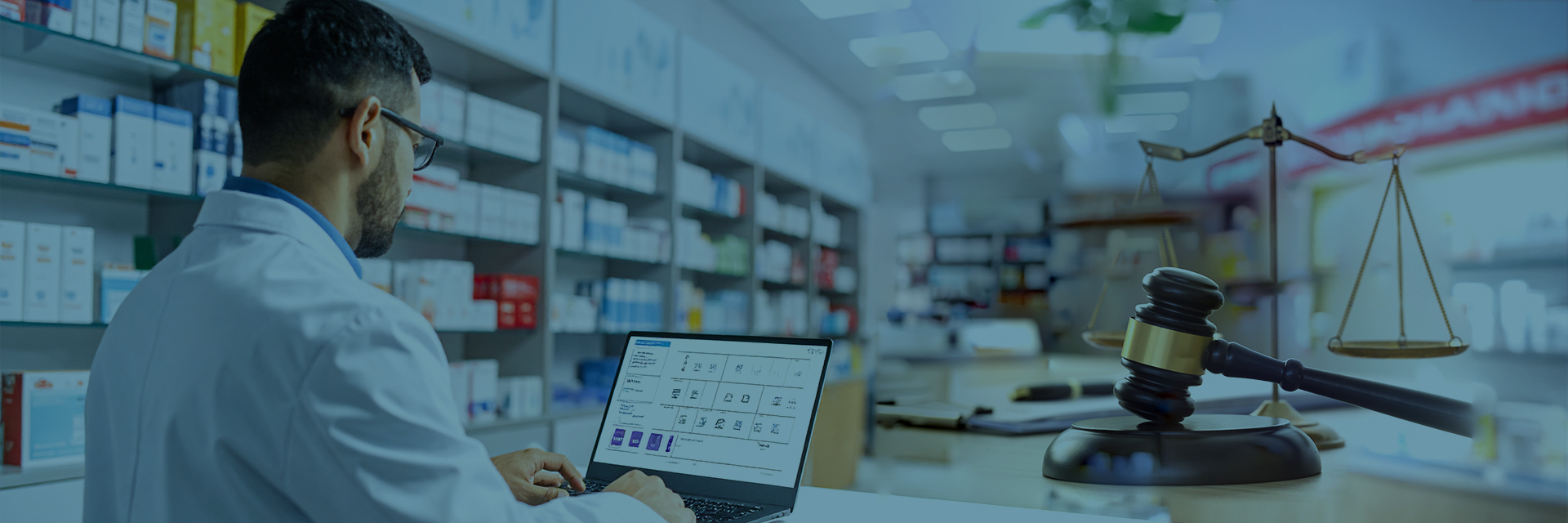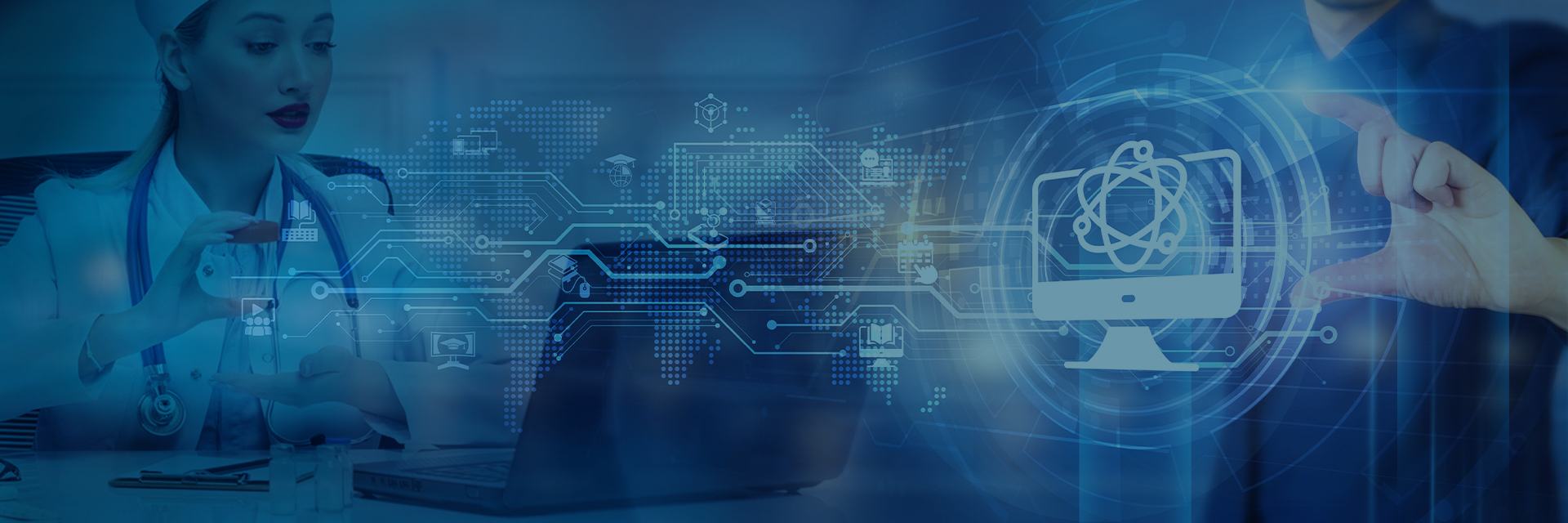In the pharmaceutical industry, having a strong learning and development (L&D) programs are essential, which are renowned for their strict regulations and dynamic nature. The pharmaceutical business has unique challenges, and a never-ending need for up-to-date knowledge and expertise.
It includes constant technological advancements, rigid regulatory frameworks. Organizations must deliberately use unique differentiators in their L&D initiatives to succeed in this complex climate.
These differentiators act as a scope to help businesses navigate the complexity and guarantee that their staff is competent, obedient, and able to respond quickly and skillfully to the needs of the industry. Here, you will come to see six L&D differentiators for the Pharmaceutical Training Landscape, which are listed below:
- Complex Learning Method:
L&D executives should create pharmaceutical training programs with the needs of the learners in mind. One way to enhance learner’s capacity to fit training into their hectic schedules is to design courses based on their favorite training style.
It can be difficult for L&D leaders to meet the learning demands of audiences with varying cultural backgrounds, levels of education, and work functions.
It is anticipated that a pharmaceutical training program with fewer complicated learner journeys that is straightforward, dependable, easily accessible, and localized will have a high completion rate.
- Distraction-Free Learning:
Professionals in the pharmaceutical sector generally find training content less effective when it is inundated with animations, gamification, or elaborate voiceovers. External motivational elements prove less beneficial for individuals who are already intrinsically motivated and view training as integral to their improvement mission.
A design approach that is clean, straightforward, and streamlined is more likely to resonate with learners in the pharmaceutical industry.
This simplicity fosters engagement, aligning with the preferences of highly motivated individuals who value-focused and purpose-driven learning experiences to enhance their professional capabilities.
- Adaptive Learning Technologies:
Adaptive learning technologies are a game-changer in the rapidly evolving pharmaceutical field. These technologies customize training materials to each learner’s needs to create an effective learning experience.
Adaptive learning systems ensure workers stay current on the latest advancements in their field by using data analytics and artificial intelligence to identify knowledge gaps and deliver relevant content. This methodology improves material retention and maximizes training duration, making it a useful differentiator for pharmaceutical learning and development.
- Continuous Learning Culture:
Quick technological, research, and medical procedure developments characterize the pharmaceutical sector. Organizations need to promote a culture of continual learning if they want to remain competitive.
This entails giving staff member’s opportunities for continuous skill improvement and enabling them to take charge of their professional development.
Training and development initiatives help create a flexible workforce that is quick to adjust and provides a range of educational opportunities, including webinars, workshops, and online courses.
- Cross-Functional Training:
Cross-functional cooperation is crucial in the multidisciplinary field of medicine. Learning and development Programs enable cross-functional training to disassemble silos and advance a comprehensive comprehension of the sector.
Through exposing employees to other business components, organization may produce a staff that is not only specialized in their tasks. These cross-functional training includes marketing, regulatory affairs, and research and development.
Also, this cross-functional strategy distinguishes forward-thinking pharmaceutical L&D activities by improving communication and collaboration.
- Data-Driven Insights:
Leveraging data is an indispensable distinguishing factor for pharmaceutical Learning and Development (L&D) programs. Through the systematic collection and analysis of learner performance, engagement levels, and knowledge retention data, organizations acquire invaluable insights into the efficacy of their training endeavors.
This data-driven methodology facilitates continuous improvement, empowering organizations to adjust their L&D strategies based on real-time feedback dynamically. Whether analytical areas of exceptional performance or addressing specific challenges, harnessing data guarantees.
In pharmaceutical training, it remains finely tuned to organizational objectives and aligned with the ever-evolving demands of the industry.
Final thoughts:
As mentioned above, Pharmaceutical businesses emphasize compliance-centric learning, adaptive technology adoption, VR and simulation integration, cultivating a culture of continuous learning, cross-functional training encouragement, and data-driven insights utilization.
In addition to addressing the particular difficulties faced by the sector, these differentiators help develop a knowledgeable and flexible workforce to foster creativity and success in the rapidly changing pharmaceutical landscape.



